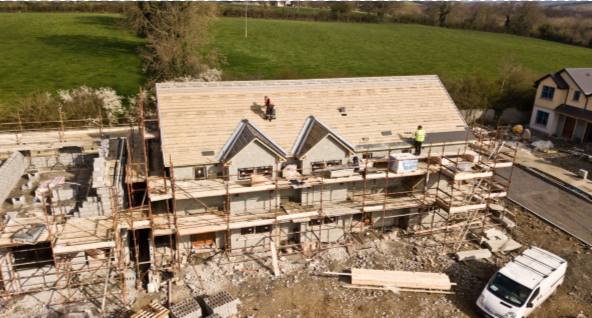When it comes to home construction, everyone desires the best materials, but not everyone is prepared to break the bank for it. Finding cost-effective ways to procure lumber is essential. In this updated blog, we will explore three major strategies to help you minimize costs while still obtaining high-quality lumber.
1. Forward Pricing/Price Lock-In
Forward pricing is a versatile strategy that not only reduces the cost of lumber but also offers price consistency—a significant advantage for wholesalers and retailers alike. With forward pricing, both the buyer and seller agree on a set market value for a specific commodity in the future when the actual purchase occurs.
**Sherwood Lumber**, a reputable lumber company, stands out by offering forward pricing for up to 2 years, which surpasses most competitors. This allows wholesale buyers and retailers to establish a budget based on a fixed price. Fluctuations and price changes in the market won’t affect the agreed-upon purchase price.
How is this helpful?*
Imagine you plan to buy siding lumber in the future. The current price today is $7.5 per sq. ft., but it’s expected to rise to $9.00 per sq. ft. You can enter into a forward contract with companies like Sherwood Lumber to secure the material at $7.5 instead of the higher future price. By doing so, you lock in the lower price, and any price fluctuations won’t affect your purchase cost, as the seller assumes the associated risks.
This strategy is particularly beneficial for repeat buyers who seek consistency in their purchases and budgets. For instance, if you frequently buy Doug-fir, locking in the price ensures cost predictability for your projects.
2. Exploring Affordable Substitutes
Opting for more budget-friendly alternatives is a straightforward and common method for reducing costs. Whether you’re buying lumber for resale or personal use in construction, it’s crucial to compare products that offer similar quality but at lower prices. For example, **Spruce Pine Fir (SPF)** is often less expensive than **Southern Yellow Pine (SYP)** while delivering comparable results. If you’re working with a tight budget, SPF can be a cost-effective choice.
Moreover, it’s not just about the product itself but also where you source it. Different stores may offer the same products at varying prices, so careful consideration of your supplier can make a significant difference in your overall expenses.
3. Minimizing Waste
Another effective cost-saving strategy in lumber buying revolves around waste reduction. However, this isn’t solely about how the contractor handles materials but also the choice of materials themselves. Let’s take **decking materials** as an example. PVC decking options are known to generate less waste compared to other materials. Therefore, the type of material you select can significantly impact your overall project expenses.
By considering materials with lower waste generation, you not only reduce your costs but also contribute to a more sustainable and eco-friendly construction process.
In conclusion, these three strategies—forward pricing, exploring affordable substitutes, and minimizing waste—offer practical ways to minimize the cost of lumber buying while ensuring that you can still achieve high-quality construction within your budget. By strategically implementing these approaches, you can strike a balance between cost-effectiveness and quality in your home construction projects.










